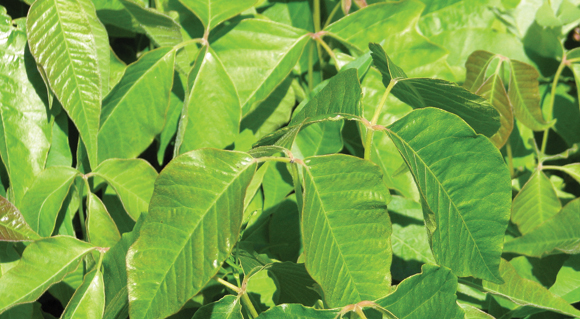It’s a jungle out there! We venture out in the warm weather to enjoy the park, the shore or upstate, only to be attack by venomous stinging insects, biting insects and poisonous plants. I’m talking only New York! Adrian Monk, the germ phobic, obsessive-compulsive, TV, private detective was right!
Stinging insects
No one cares for the painful, itchy sting of a bee or hornet. Those are the lucky ones. It’s not only bees, actually hornets, yellow jackets and wasps are more aggressive and are responsible for most stings. Their hives are found around houses, in trees and nests in the ground. They are often inadvertently stepped on. Yellow jackets crash our picnics and swarm around our trash. Honeybees are aggressive only when protecting the hive. In the southern states, fire ants create similar symptoms when disturbed. A sting not only can produce a painful local reaction but rather it can produce a systemic reaction resulting in hives, swelling of the throat, difficulty breathing, dizziness and ultimately anaphylactic shock. People die from “ bee “ stings every year. “Bee” stings can become a medical emergency requiring a 911 call, an immediate dose of Epinephrine, oxygen, and a trip to the ER. Relying only on oral antihistamines immediate treatment is dangerous. Follow up with an allergy specialist for severe reaction is important for testing and treatment. Venom immunotherapy is ninety percent effective in preventing further anaphylactic reactions.
Biting insects
Nothing can ruin an outdoor evening event like those pesky mosquitoes. Fortunately although swelling and itching can be severe, dangerous reactions are very rare. Occasional reports of malaria or dengue fever and equine encephalitis transmitted by mosquitoes have been reported. Green sand flies and black horse flies give painful bites but have no reported serious side effects.
Poisonous Plants
These plants cause skin reactions on sensitive people that is delayed for 24-48 hours. The rash will appear as a red swollen area followed by water blisters and intense itchiness that may lasts over a week. Oleoresin is the allergen in the sap that causes the reaction. This is found in poison ivy, poison oak, pistachio, poison sumac, mango, cashew, and Brazilian pepper. Other plants may produce an irritant effect but not true allergic reactions.
Post –exposure is treated with oral and topical corticosteroids. Avoidance, wearing gloves, long sleeves shirts and barrier creams while clearing brush is very effective. Secondary contact to a pet exposed to poison ivy may spread rash.
Dr. Peter Gontzes, is board certified in Allergy & Immunology and has 31 years experience. He is a resident of Middle Village and a member of the Juniper Park Civic Association.
Peter Gontzes MD
92-31 57th Ave
Elmhurst, NY 11373
(718) 592-1731
snifflesmd@aol.com




